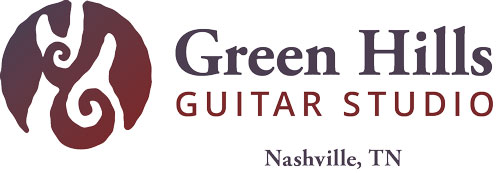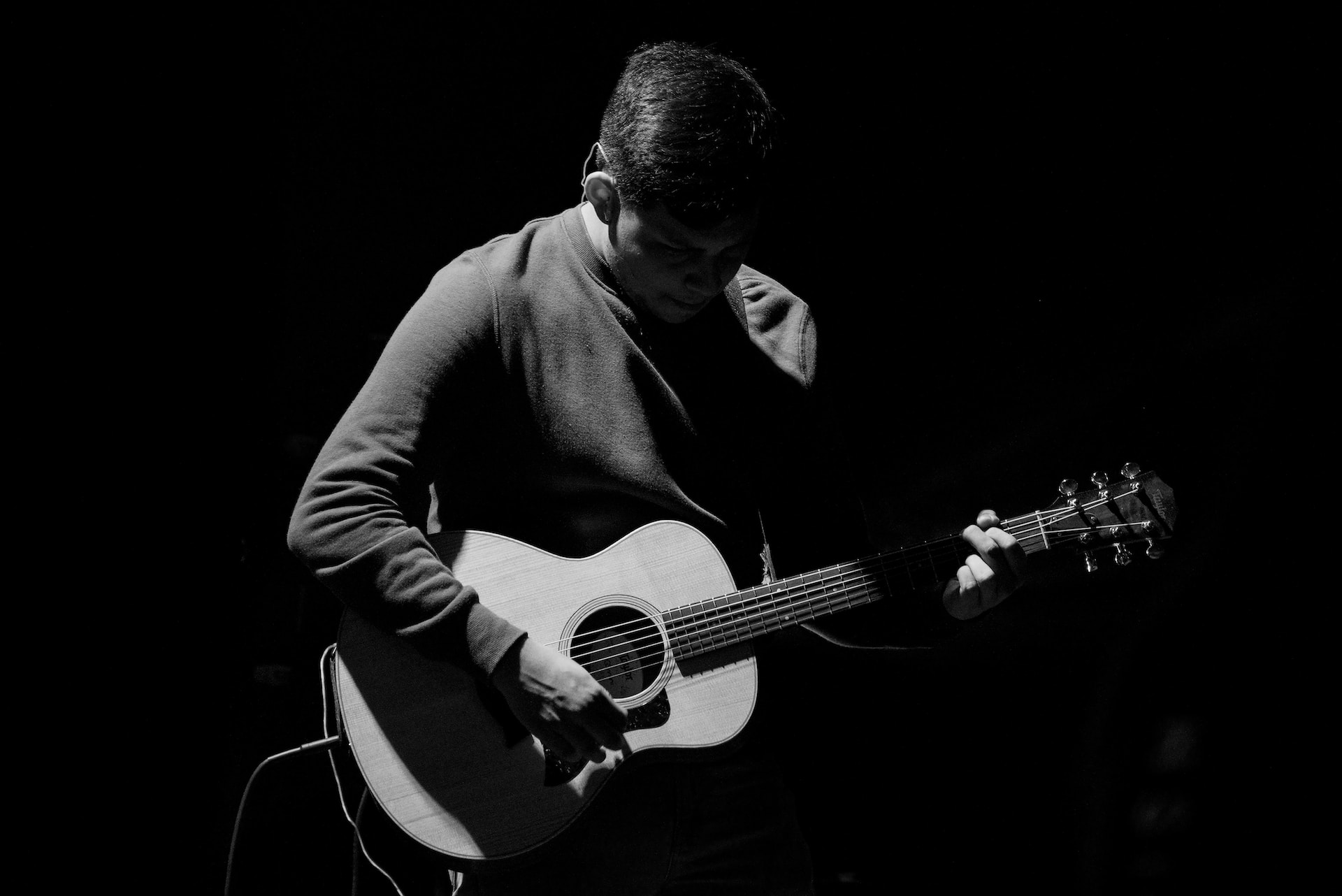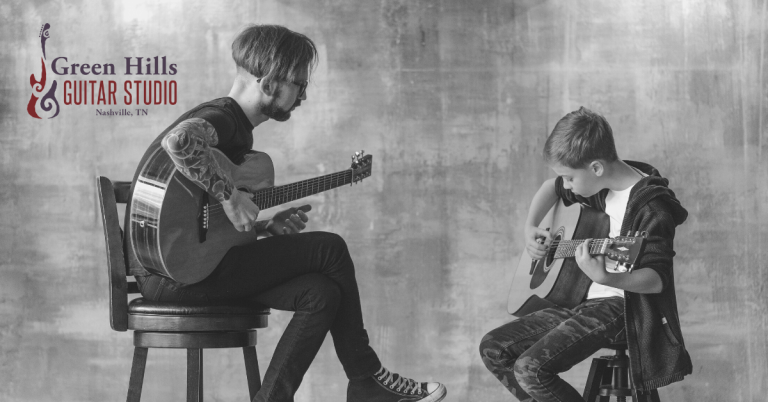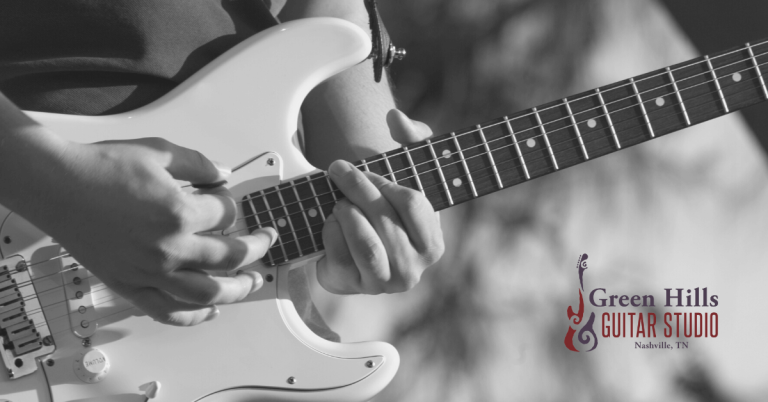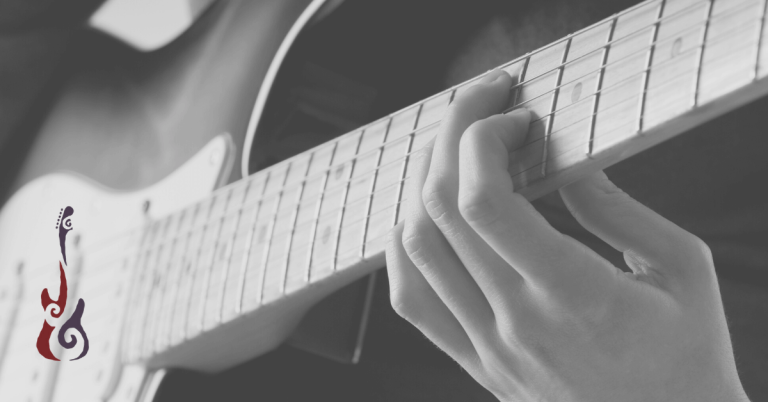Unlocking the Magic of Cowboy Chords: A Beginner’s Guide
If you’re a beginner guitar player, chances are you’ve heard the term “cowboy chords” before. But what exactly are cowboy chords, and how are they different from other chords? Simply put, cowboy chords are open chords that can be played using only the first three frets of the guitar.
Cowboy chords are easy to learn and commonly used in popular music. In this blog, we’ll explore the history of cowboy chords, the types of chords that fall under this category, and how you can use them to play your favorite songs.
Whether you’re a beginner looking to improve your guitar skills or just curious about cowboy chords, this post has got you covered.
What are cowboy chords and how are they different from other chord voicings?
Cowboy chords, also known as open chords, are a set of basic guitar chords that can be played using only the first three frets of the guitar. These chords are often used in folk, country, and rock music and are popular among beginners because they are easy to learn and play.
Unlike barre chords, which require multiple fingers and can be challenging for beginners, open chords can be played with just one or two fingers.
Some common cowboy chords include the A, C, D, E, and G major chords and the Am, Dm, and Em open chords. These chords are the foundation of many popular songs and can be combined to create a variety of chord progressions.
One of the main differences between cowboy chords and other chord voicings is that they are played using open strings, giving them a distinct sound. This is because the open strings provide a ringing, resonant tone not present in barred or power chords.
Additionally, these chords are often used to create a more laid-back, folky sound in music instead of the more aggressive, hard rock sound that can be achieved with power chords.
Essentially, cowboy chords are nothing more than the standard open-position chords we all know and love.
Do you know that G major chord everyone plays when they pick up a guitar? That’s the one.
I like to think of these simple major and minor chord voicing as a family because they are all related. They are mostly root position chords that use multiple open strings and are easy to hear and play. They tend to complement each other and work very with certain genres of music (classic rock, pop, country, etc.).
History of cowboy chords: Where did they originate from and how did they become popular?
The exact origin of cowboy chords is unknown, but they have been a folk and country music staple for decades. Some believe they were developed by cowboys who would play guitar around the campfire, using only the chords they could easily play with one or two fingers. Others credit early country music pioneers, such as Jimmie Rodgers, Woody Guthrie, and Hank Williams, for popularizing these simple chord voicings in their music.
Regardless of their origins, cowboy chords have remained popular among guitar players of all levels due to their simplicity and versatility. They continue to be used in various musical genres and have become an essential tool for songwriters and musicians alike.
So if the name cowboy chords doesn’t imply anything special, why do we call them that? That’s a fair question, and the answer seems stranger as the years fly by. In the mid-1920s, the American cowboy was all the rage and the star of many a Hollywood film.
The image of a friendly cowboy out on the trail captured the hearts and minds of the public as he sat perched atop his trust horse, slowly strumming an old six-string and singing to his cattle. Notable singing cowboys include Gene Autry, Roy Rogers, Tex Ritter, and even Bob Barker.
As the 1940s came to a close, the once ubiquitous archetype of movies and television shows began to fade into the sunset as Hollywood conjured up new heroes for us to worship. The singing cowboy is now a distant memory and footnote in American culture, but a few dusty vestiges remain, such as the term “cowboy chords.”
Types of cowboy chords: What are some common cowboy chords and how are they played?
Now that our history lesson has ended, we can define a cowboy chord and understand its origin. So how do we play them? Easy: practice.
These chords are so simple that even beginners can get ahold of them with only a few weeks of tinkering on the guitar. The fingerings for these tried, and true chord voicings can be found almost anywhere.
The most common cowboy chords include the A, C, D, E, G, and F major chords and the A, D, and E minor chords. These chords are played using open strings and can be played with just one or two fingers.
Practice them slowly and with a metronome, and you’ll be crooning with the coyotes on the prairie in two shakes of a lamb’s tail.
With just a few basic chords, you can play countless songs, and with a little practice, you’ll be able to transition smoothly between chords and even start experimenting with creating your own progressions.
How can cowboy chords be used to play popular songs and create your own music?
Cowboy chords are the foundation of many popular songs and can be used to create your own music. One of the easiest ways to use these chords is to learn some popular songs that use them. With just a few basic chords, you can play songs like “Blowin’ in the Wind” by Bob Dylan, “Horse with No Name” by America, and “Folsom Prison Blues” by Johnny Cash.
Once you have mastered some popular songs, you can create your own music. Try creating a chord progression using common cowboy chords like A, C, D, E, G, F major, or Am, Dm, and Em. Once you have a progression, try adding some lyrics or melodies.
Another way to use cowboy chords is to play them in different positions on the guitar neck. This can create different voicings and allow you to play in different keys. With some experimentation and practice, you can use cowboy chords to create your unique sound and style.
Tips for practicing cowboy chords
Playing cowboy chords can be a challenge for beginners, but with some practice and dedication, anyone can master them. Here are some tips for improving your cowboy chord playing:
Practice regularly
The key to improving any skill is to practice consistently. Set aside a specific time each day to practice your cowboy chords and stick to it.
Focus on technique
Make sure you’re using proper technique when playing your chords. This means keeping your fingers close to the frets, pressing down firmly on the strings, and strumming with a consistent rhythm.
Start slow
Don’t try to play too fast too soon. Start by playing your chords slowly and gradually increase your speed as you become more comfortable.
Use a metronome
A metronome can help you stay on beat and improve your timing.
Experiment with different strumming patterns: Try experimenting with different strumming patterns to create different sounds and textures.
Learn new songs
Learning new songs is a great way to practice your cowboy chords and improve your playing.
By following these tips and practicing regularly, you can master cowboy chords, start playing your favorite songs in no time, or even write your own.
How to think about chords in a musical context
What I’m about to share now is important, so pay attention. Because these chord voicing come rather easily, beginning guitar players rarely pause to think about—and listen to—the notes they are playing. They also never thoroughly stop and ponder how they may be able to play the same cords with alternate fingerings, which opens up different sounds within the chords.
Don’t be one of those guitar players that learns a few cowboy chords, buys a capo, and then turns off their ears and brain. Your playing will quickly become stale and boring, and you’ll quickly build limitations for yourself.
You should consider cowboy chords a tool: they are perfect for certain situations but not very useful in others. You wouldn’t use a scalpel to cut down a tree, and you wouldn’t use a chainsaw for brain surgery (or at least I hope you wouldn’t). Chord families work the same way.
For example, cowboy chords are great for acoustic rhythm guitar as part of a rhythm section when performing country and pop songs. Power chords are great for loud rock guitar. Drop2 and drop3 chords are your go-to sounds for jazz and R&B.
Don’t limit yourself—pick the right tool for the job.
The takeaway
If you’re a beginner guitarist looking to unlock the magic of cowboy chords, Green Hills Guitar Studio can help. Our in-person or online lessons offer a comprehensive beginner’s guide to understanding and mastering popular music’s most commonly used chords.
From the basic open chords to the more advanced chord progressions, we’ll help you build the foundation to play your favorite songs confidently. Our experienced instructors provide personalized guidance to ensure you progress at your own pace while keeping things fun and engaging.
Book a lesson with Green Hills Guitar Studio today to learn more about cowboy chords, chord families, improving your strumming, and making your chords more melodic.
